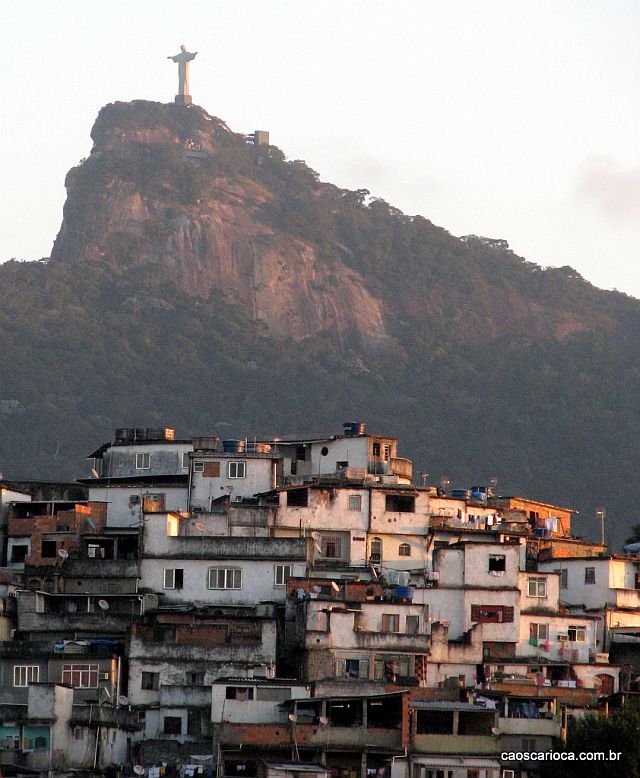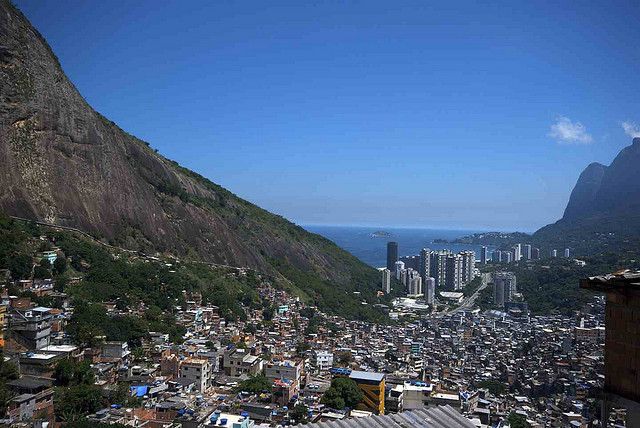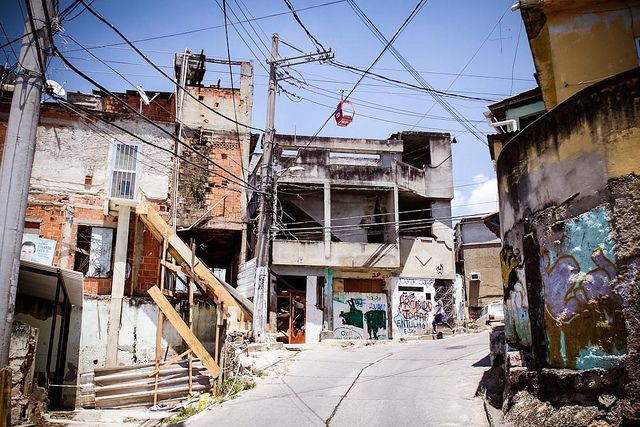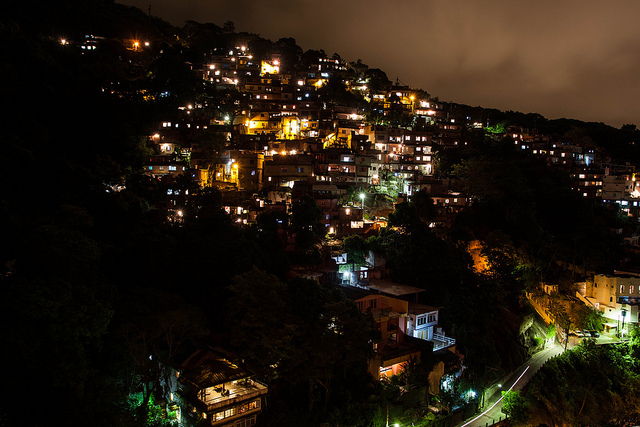Favelas of Rio
The other side of Rio every visitor should experience

Something you won't see pictured in many of the tourism brochures are Rio's sadly famous favelas. These poor neighbourhoods spill down the mountainsides of the city where they collide with the opulent high-rise apartments of the wealthier residents. Having a little closer look at this side of life in Rio de Janeiro is an eye-opening experience and it would be a shame not to include it in your travel plans. For your personal safety we would recommend you opt for one of the guided tours linked to below.
There are in excess of 600 favelas in Rio de Janeiro that house about 20 percent of the population. Most of the people who live in the favelas are hard working people who are just trying the eck out an honest living, but it isn't easy to live in these crowded conditions and over the years poverty has driven many into a life of crime. Along with that came the formation of large gangs that, on the one hand look out for the people in the favelas, but on the other hand deal in drugs and cause much strife and conflict that sometimes reaches the breaking point.
Past efforts to deal with the crime element in the favelas have not been very successful, with corruption within the police force and even high levels of government not helping matters. Fortunately, a more recent program by the government, which is focusing on "pacifying" one favela at a time, is having some degree of success in at least making them a much safer place to live.
How did these favelas come to pass in the first place. The problem first began at the start of the 20th century when large numbers of people who resided in the country began moving to the city in search of employment and a better life. This large influx of people, with little resources, had nowhere to live except on the hillsides behind the city. With no building codes the crowded slum neighbourhoods crept up all over the hills of Rio creating the large social problem that exists today. Ironically from a distance the colorful jungle of buildings have a kind of perverse beauty about them. As night falls and darkness hides the run down structures, the glow from the myriad of lights can actually be quite beautiful.
Will there ever be a complete solution to the problem of these favelas in Rio? Certainly not in the foreseeable future, but hopefully significant steps can be taken toward improving the lifestyle and living conditions in these areas. Previous attempts of forced eradication and eviction were certainly a failure. Providing better education and training for the young people and involving them in maintenance and improvements to the buildings and neighbourhoods might be a good place to start. Investing in and improving job opportunities in rural areas may help reverse the migration into the city.
Visiting one of Rio's favelas will both educate you about the needs and social issues relating to them and give you a better appreciation and thankfulness for your own living situation. It truly is an eye opener.
The best way to experience visiting a favela is with an experience guide who knows the area and many of the residents. We have recommended a few good options below.

Hillside favela in Rio cc licensed photo by Daniel Garcia Neto 
A favela spills down the hillside where it suddenly gives way to the oppulent highrises by the water cc licensed photo by Kevin Jones 
A favela from street level - Looks like a rough neighbourhood - Notice the gondola passing overhead, part of the transit system for people that live in the Favelas cc licensed photo by Espocc Mare 
Life in the favela cc licensed photo by Fabio Venni 
Cloaked in the darkness of night the lights of the favelas can actually look beautiful cc licensed photo by Jan Erik Paulsen
Video
Please provide consent and/or disable ad blocker to view the video.







